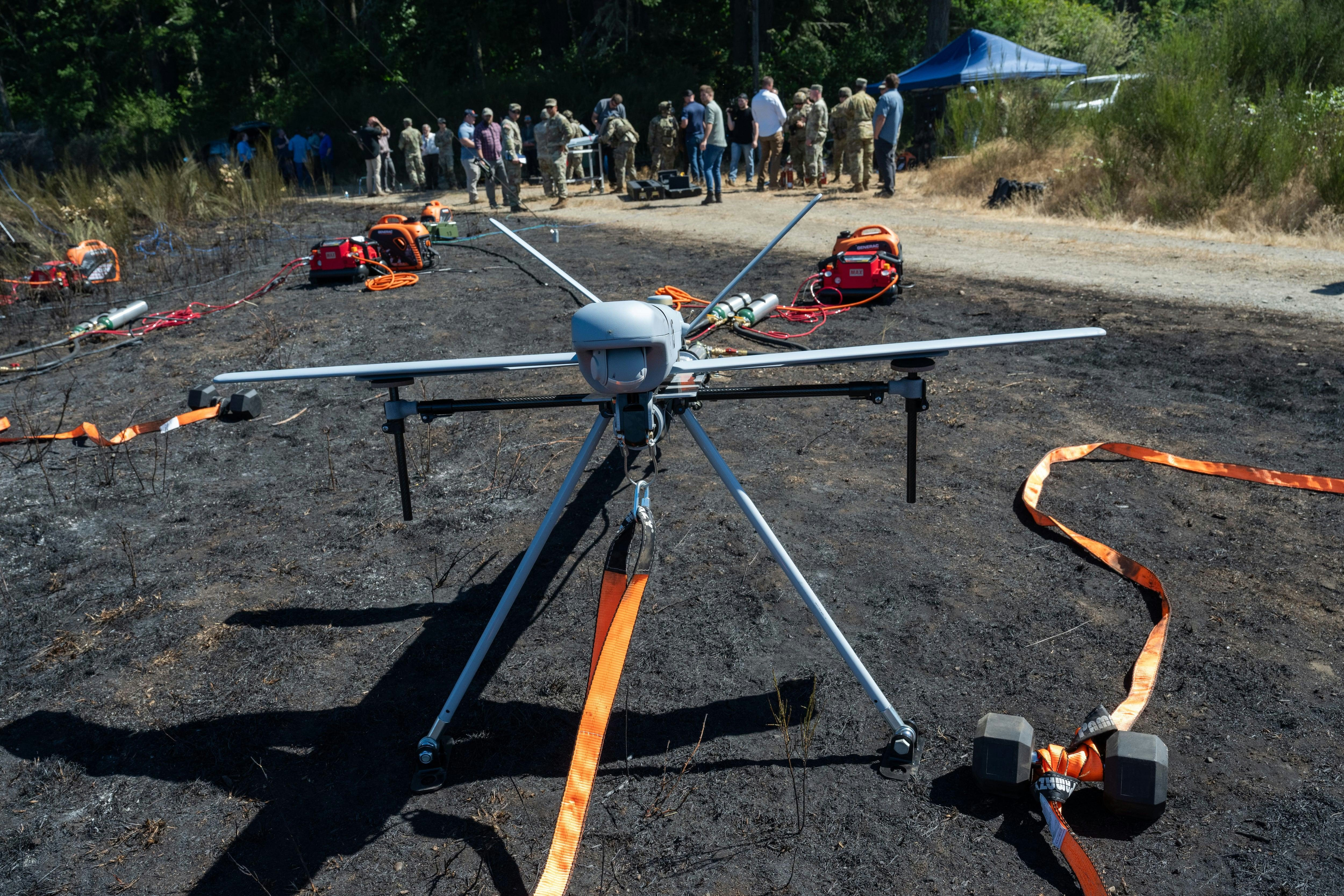
AeroGenie - مساعد الطيار الذكي الخاص بك.
الرائج الآن
Categories
Alberta Emerges as a Leader in Aerospace and Defence Innovation
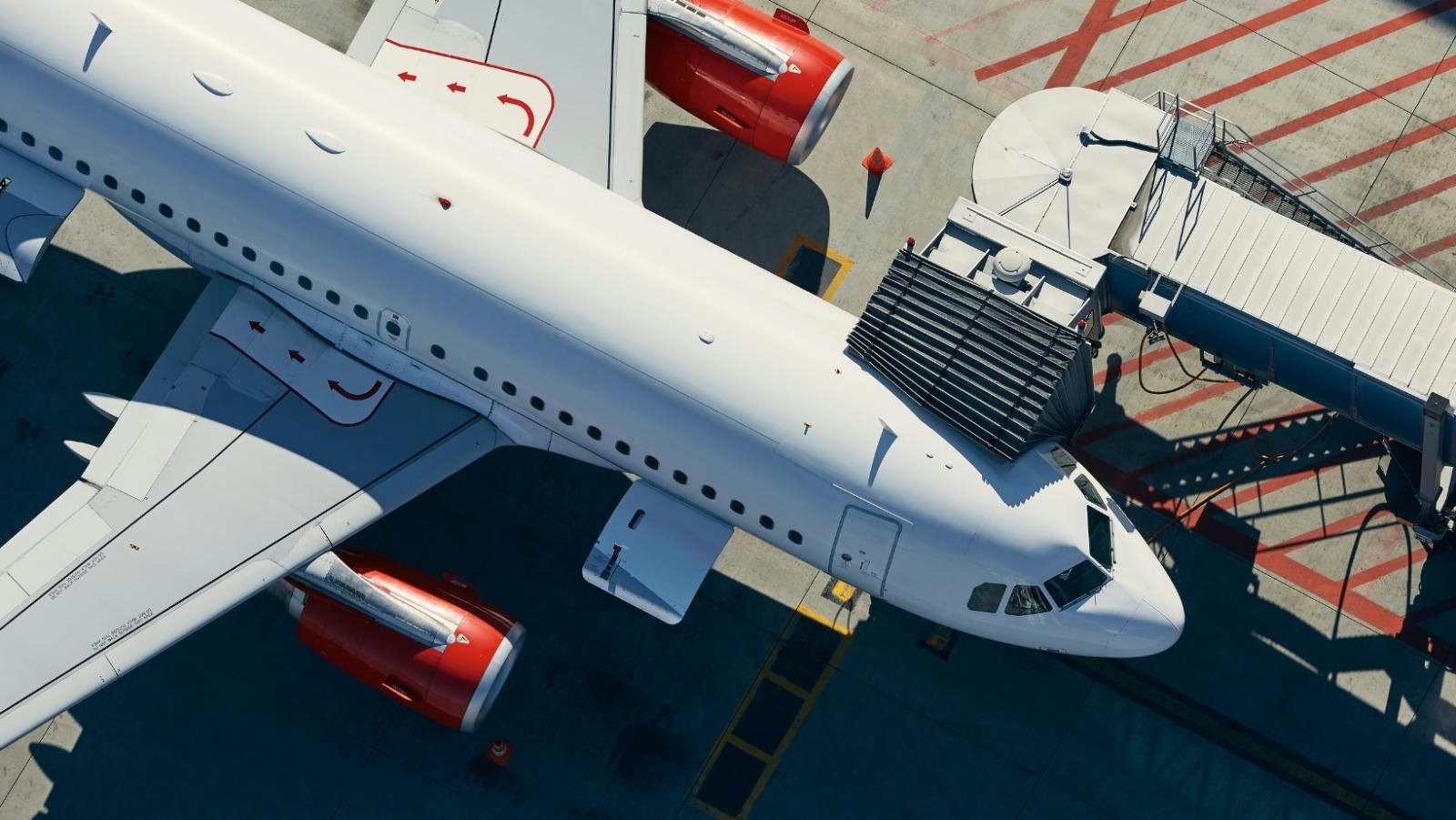
Alberta Emerges as a Leader in Aerospace and Defence Innovation
The Government of Canada has emphasized the critical importance of prioritizing the defence industry amid a complex and divided global landscape. In line with this commitment, the federal government recently announced a $2 million investment in ConvergX Global Solutions, an Alberta-based organization dedicated to connecting industry leaders, governments, and innovation ecosystems to accelerate the commercialization of advanced technologies.
Strengthening Canada’s Security and Economic Growth
Eleanor Olszewski, Minister responsible for Prairies Economic Development Canada, highlighted that this investment not only enhances national security but also positions Alberta as a key player in aerospace and defence innovation. She underscored the province’s expertise in advanced manufacturing and technology as vital to creating jobs, driving economic growth, and equipping the Canadian Armed Forces with the necessary tools to safeguard the country.
Supporting this initiative, the Opportunity Calgary Investment Fund (OCIF), in partnership with Boeing, is investing in the launch of the Xpand Commercialization Zone. This program aims to provide technology testing, validation, and export readiness training to assist Alberta businesses in bringing defence-related innovations to market. Brad Parry, CEO of Calgary Economic Development and OCIF, explained that the Xpand Commercialization Hub helps innovators bridge the gap between late-stage development and real-world deployment, thereby accelerating growth, generating employment, and establishing Calgary as a significant contributor to Canada’s defence and technology sectors.
Alberta’s Strategic Role and Emerging Challenges
Alberta’s aviation and aerospace industry has become a focal point for economic diversification and job creation within the province. Joseph Schow, Alberta’s Minister of Jobs, Economy, Trade, and Immigration, emphasized the government’s commitment to fostering industry growth through strategic collaboration. Similarly, Corey Hogan, Member of Parliament for Calgary Confederation, noted that the new funding will enable ConvergX to assist small- and medium-sized enterprises in validating their technologies and expanding their presence in global aviation and defence markets.
Despite these promising developments, Alberta faces considerable challenges in establishing itself as a hub for aerospace and defence innovation. The province must contend with competition from established global players such as Airbus and Safran, while addressing structural issues within the defence sector to maintain momentum. The shifting market landscape is driving increased investment in local startups and encouraging new partnerships, yet traditional defence companies will need to innovate and adapt to remain competitive.
The Xpand Commercialization Zone and Broader Implications
The Xpand Commercialization Zone is designed to support not only defence technologies but also dual-use innovations with applications across sectors including energy, agriculture, and artificial intelligence. Kimberley Van Vliet, founder and CEO of ConvergX, described Xpand as more than a commercialization program; it transforms proven, market-ready technologies into deployed capabilities by aligning operational needs—from the Canadian Armed Forces and Department of National Defence to industry—with a clear pathway to validation, adaptation, market entry, and scaling across multiple sectors.
Recent partnerships and evolving market trends reflect a broader shift toward open innovation and the integration of advanced technologies. The federal funding is expected to support programming and training for over 45 businesses and create approximately 100 jobs, reinforcing Alberta’s expanding role in shaping the future of Canada’s aerospace and defence industries.

United Airlines Flight Returns to Dulles After Engine Failure on Takeoff

United Airlines flight makes emergency landing at Dulles after engine failure

The Impact of the New Air Force One’s Delayed 2028 Arrival on Aviation and Travel

United Airlines Restarts Controversial AI Scheduling for Flight Attendants
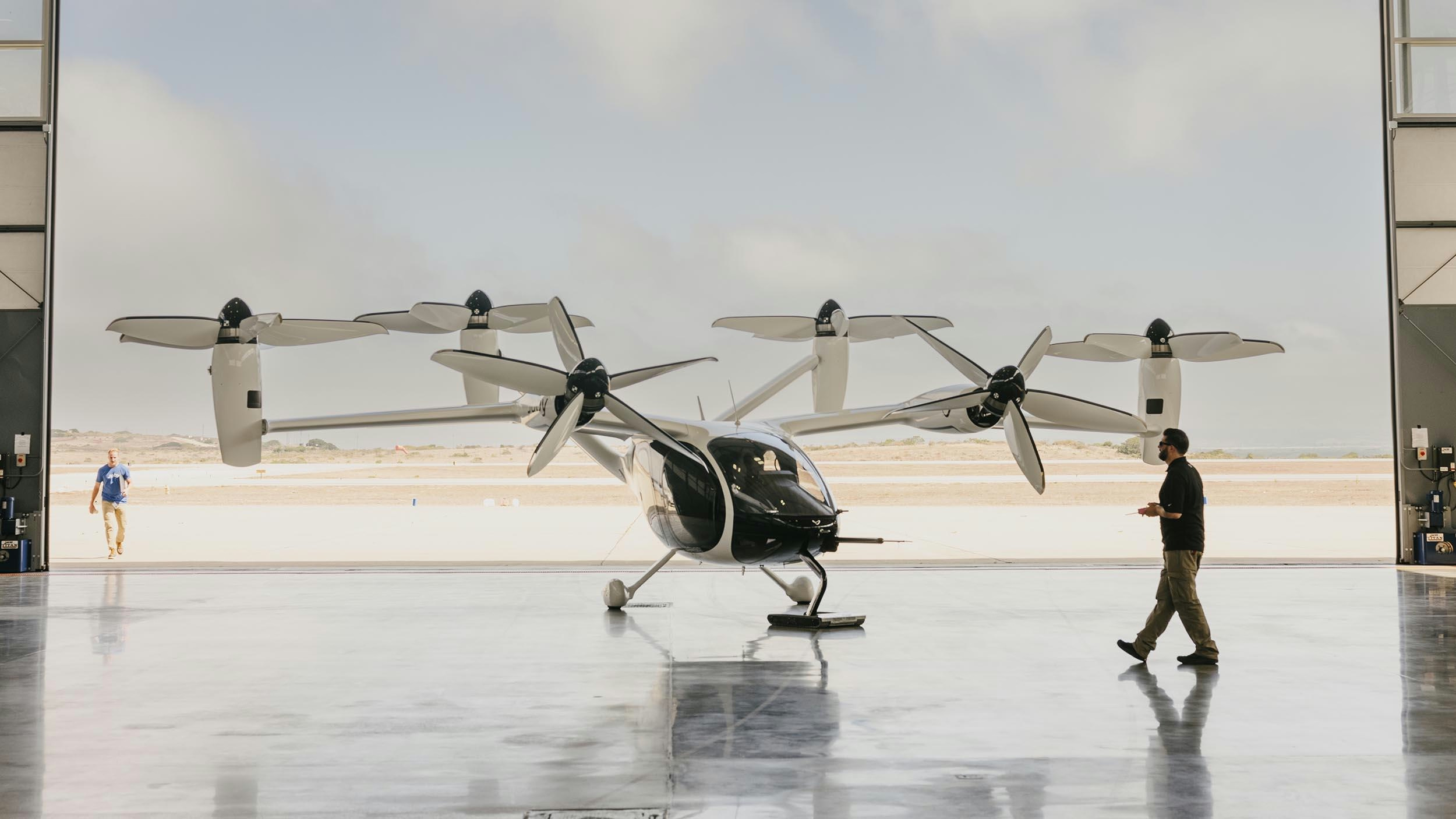
Joby Aviation’s Air Taxis Poised to Change Urban Travel and Tourism
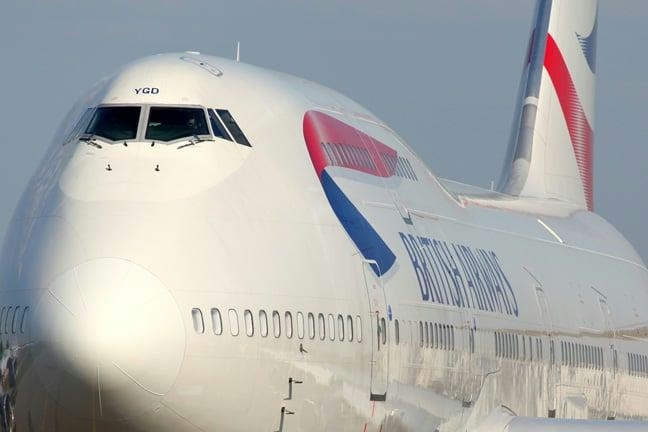
BA Chief Warns AI Agents May Diminish Brand Visibility
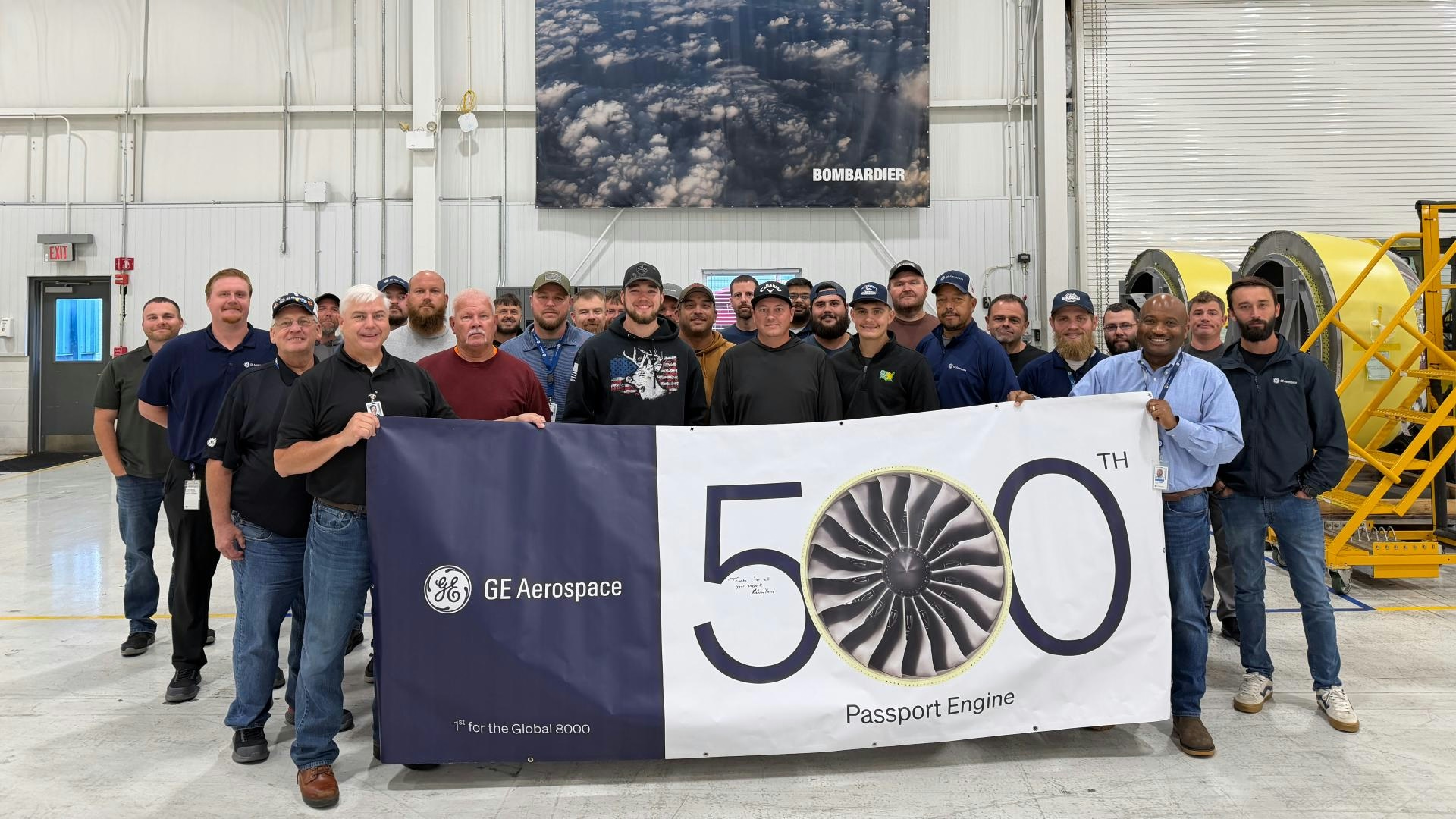
How GE Is Meeting Global Jet Engine Demand
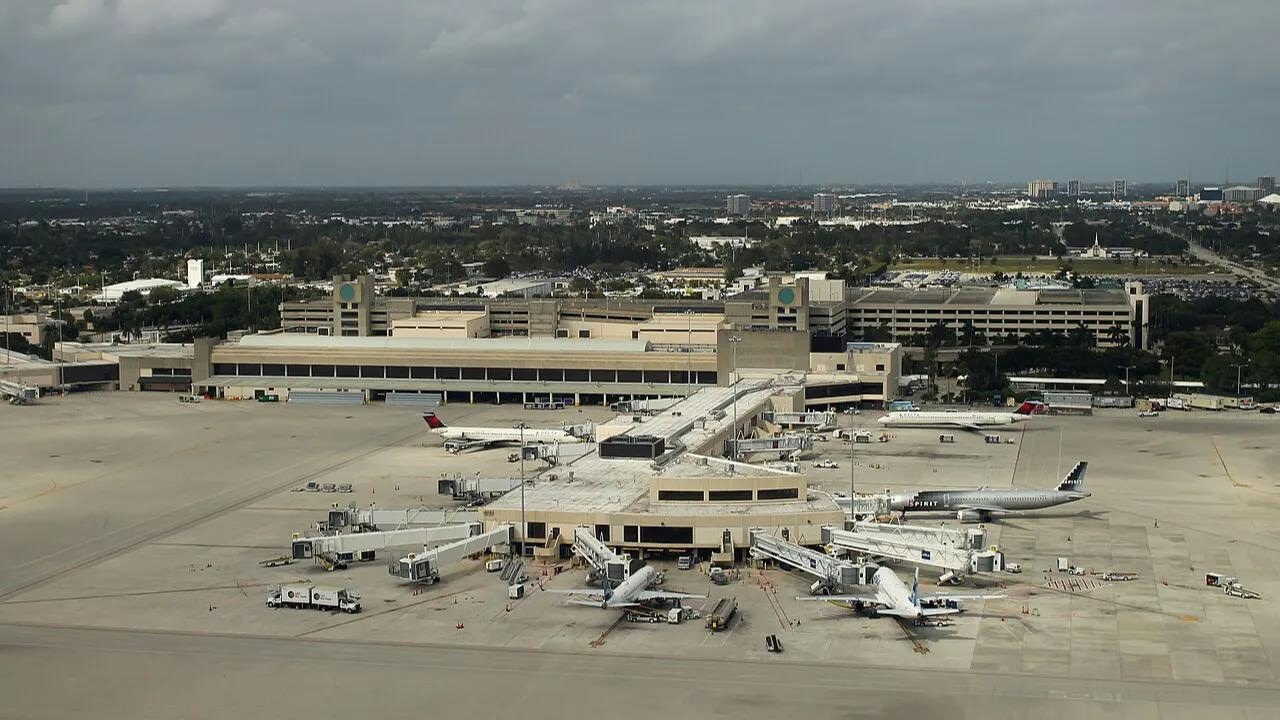
IATA Projects Airline Profits of $41 Billion in 2026
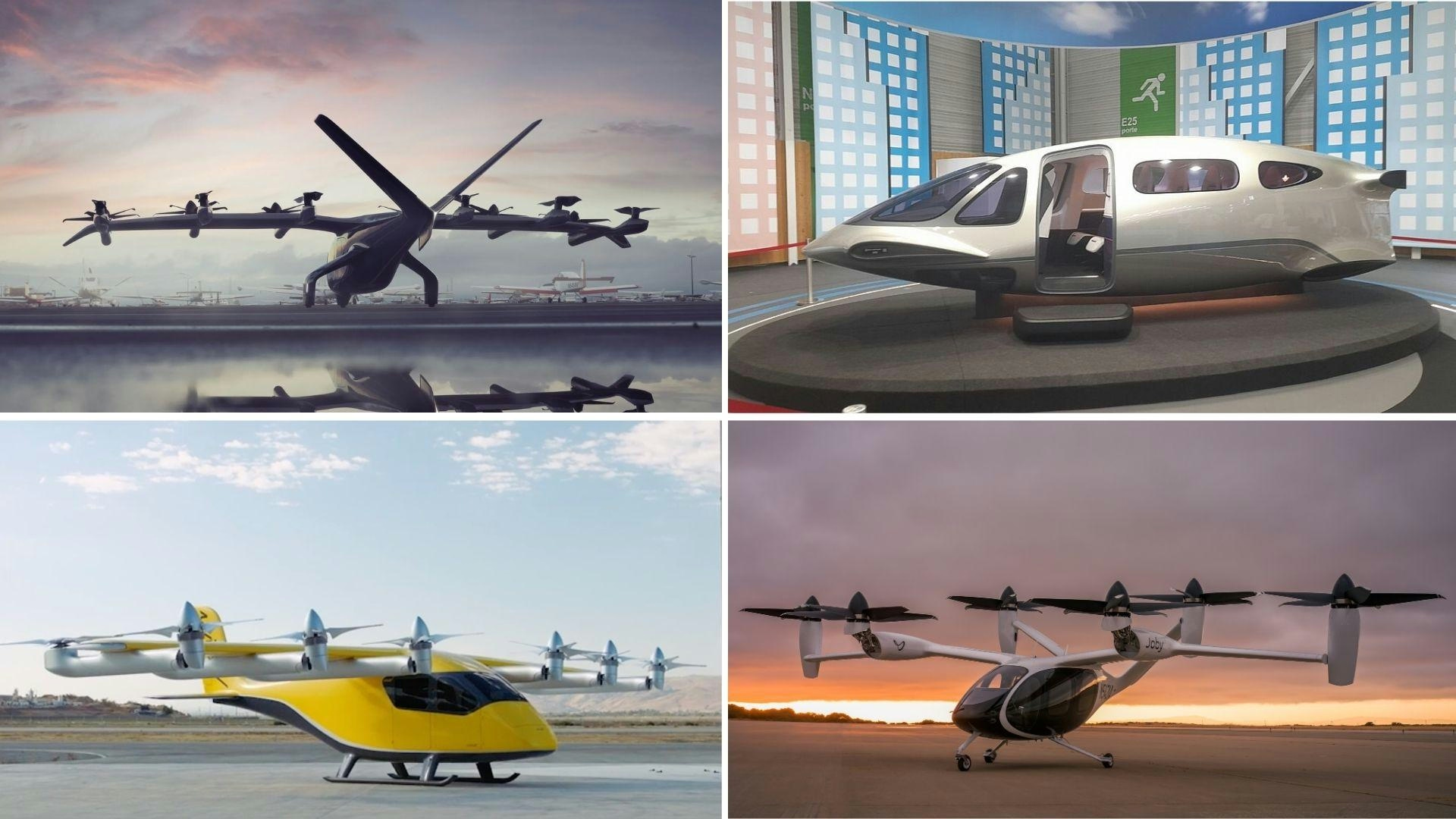
Five Air Taxis Poised to Shape Urban Mobility by 2026
